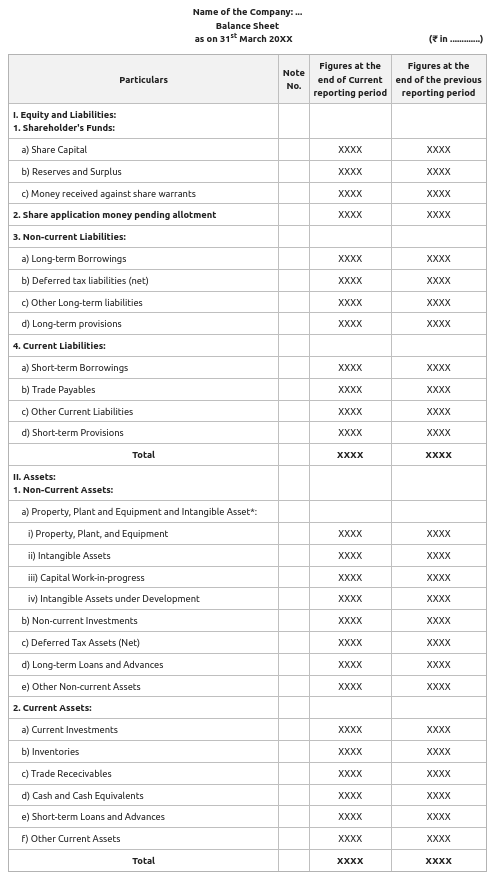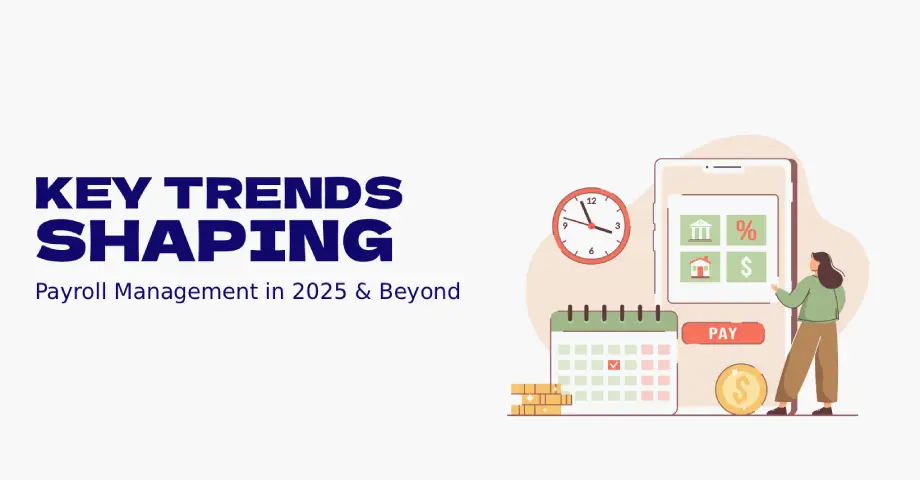A balance sheet is the blueprint of a company’s financial position. One of the most important financial documents depicts the total assets, liabilities, and equities that a company holds and helps business owners assess the actual health of their business. Balance sheets help lenders, investors, and stakeholders make strategic business decisions with absolute confidence.
That’s why, preparing an accurate balance sheet is extremely essential.
Why is a Balance Sheet Required?
A balance sheet provides an overview of a company’s performance in the past and present as well as its expected future performance. It lists the company’s assets, liabilities, and the worth of the shareholders’ stock in the enterprise, and assists in calculating the net worth of the business by comparing these elements.
Does a Balance Sheet Always Balance?
Yes, a balance sheet should always balance. The fundamental principle of a balance sheet is that it must reflect the accounting equation:
Assets = Liabilities + Equity
However, if it’s not balancing, it could be because of the following reasons – and they need to be fixed:
- Incorrect data
- Misplaced/ incomplete entries
- Errors in inventory
- Mistakes in currency exchange rates
- Errors in equity calculations
- Miscalculated depreciation amount
Why Should a Balance Sheet Always Tally?
Keeping an accurate and balanced balance sheet is crucial.
- To Evaluate the Company’s Financial Health: A balance sheet gives a clear picture of the liquidity and stability of the company’s finances.
- To Make Well-Informed Decisions: It supports stakeholders and company owners in making well-informed strategic decisions.
- Determining a business’s net worth: This provides potential investors and buyers with a detailed view of the company’s financial status.
- To Evaluate the Company’s Creditworthiness: Lenders use balance sheets to evaluate the company’s ability to repay loans.
- To Ensure Regulatory Compliance: It ensures compliance with financial reporting standards.
- Capital Fundraising: A well-prepared balance sheet is crucial for raising capital. Investors and financial institutions use balance sheets to assess the financial health of the company before funding a venture.
Essential Steps to Prepare an Accurate Balance Sheet
The following steps can help you prepare a comprehensive and accurate balance sheet that serves as a valuable tool for managing your business’s financial health. Knowing them will help you generate an error-free balance sheet that accurately reflects your business’s financial position:
1. Determine the Reporting Date and Period
The first step in preparing a balance sheet is to decide the specific reporting date and period. This is usually the end of a financial period, such as the fiscal year-end, i.e., December 31, or the end of a quarter, which is March 31 (Q1), June 30 (Q2), September 30 (Q3), and December 31 (Q4).
2. Gather All Financial Data
Collect all financial records, including bank statements, invoices, receipts, and transaction records. Make sure all financial transactions are documented accurately and give you an accurate snapshot of the company’s financial status.
3. Classify Assets and Liabilities
Separate assets and liabilities into current and non-current categories. Current assets and liabilities are those expected to be settled within a year, while non-current items extend beyond a year.
- Assets: This includes current assets (cash, accounts receivable, inventory) and non-current assets (property, equipment, long-term investments).
- Liabilities: This includes current liabilities (accounts payable, short-term loans) and non-current liabilities (long-term debt).
- Equity: It includes shareholders’ equity, which includes retained earnings and contributed capital.
4. Record Asset Values
Accurately record the value of all assets. Make sure you consider depreciation for fixed assets and have accurate valuations for inventories, investments, and other assets.
5. List All Liabilities
Make an accurate record of all current and long-term liabilities, with their precise values. Include all debts, obligations, and any other financial responsibilities that your company holds.
6. Calculate Equity
Determine the owner’s equity by subtracting total liabilities from total assets. This figure represents the net worth of the company.
7. Prepare the Balance Sheet
Now it’s time to prepare the balance sheet. For this, arrange the data in the standard format: assets on the left, and liabilities and equity on the right. Make sure the total of assets equals the sum of liabilities and equity to maintain balance.

Sample Balance Sheet (Credit: GeeksforGeeks)
8. Seek Professional Help
Ensuring accuracy in financial documentation while managing day-to-day operations can be overwhelming. However, a well-prepared balance sheet is crucial for assessing financial health, securing investments, and making informed business decisions. It’s best to consult with a professional accountant company to ensure the accuracy and compliance of your balance sheet with accounting standards. Masters in their trade, these professionals can help you navigate the complex financial data and regulations to keep your balance sheet accurate and compliant.
Need help? Connect with accounting experts at KnowVisory and get professional guidance to ensure your balance sheet is accurate and reliable. We can assist you with all your financial needs, ensuring compliance and accuracy in your financial reporting.


